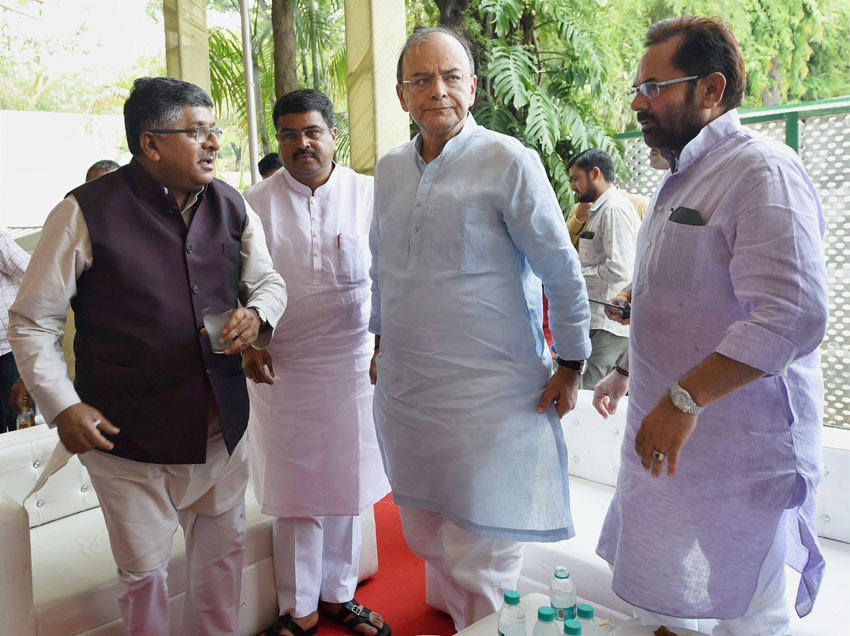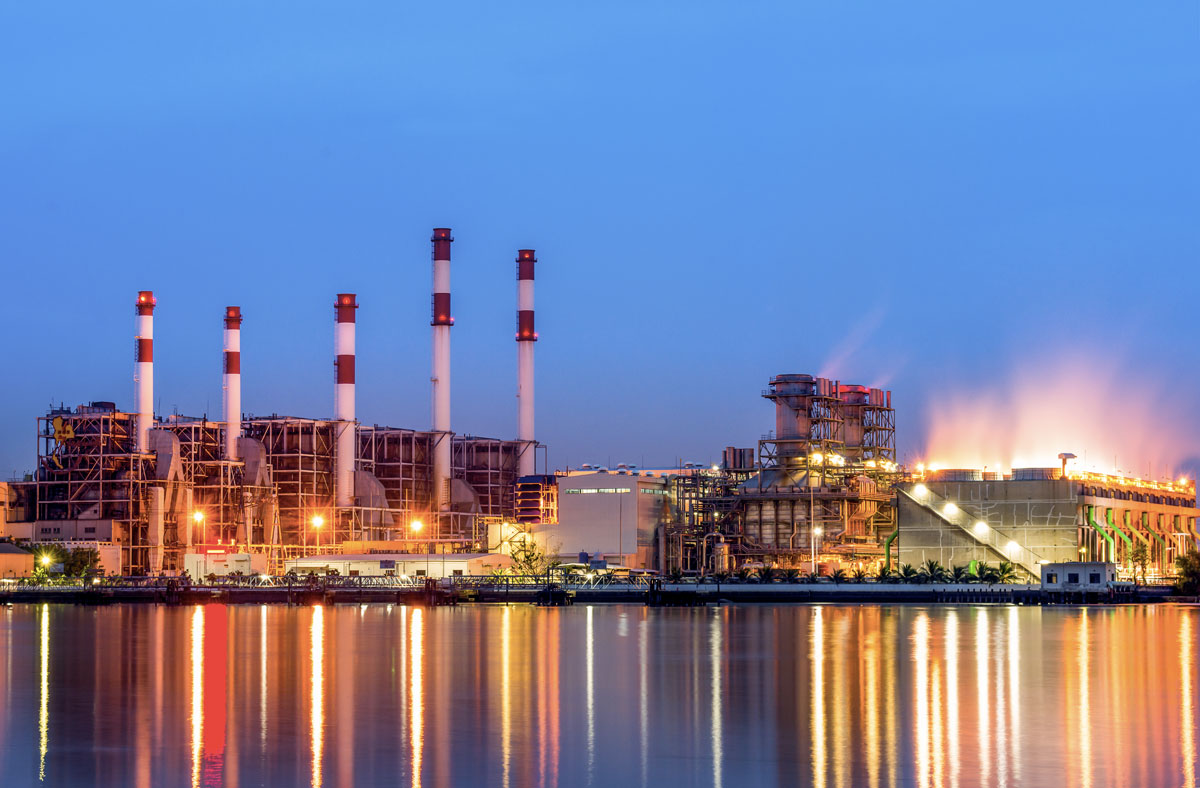India to Build World’s Biggest Refinery
A major tenet of Jawaharlal Nehru’s vision was setting up of massive Public Sector Units that would control the commanding heights of the economy. The government under Prime Minister Narendra Modi, it seems, also believes in thinking big in the areas that the state continues to play a pivotal role, writes Siddharth Srivastava.
India’s state-owned refiners and oil marketing companies, Indian Oil Corp (IOC), Bharat Petroleum Corp Ltd (BPCL) and Hindustan Petroleum Corp Ltd (HPCL) recently signed the final agreement to jointly construct the world’s biggest $40 billion refinery and petrochemical complex at Ratnagiri district in Maharashtra. IOC, the biggest state refiner, will be the lead partner with 50% stake while HPCL and BPCL will take 25% stake each.
India’s minister of oil and gas, Dharmendra Pradhan said the 60 million tons capacity refinery will be built keeping in view future domestic fuel demand and also export potential. “Though India is the world’s third largest energy consumer after US and China, its per capita energy consumption is one-fourth of the world average,” Pradhan said. “Domestic oil demand is likely to climb to 500 million tons by 2040.
Against this, our domestic refining capacity currently is 230-235 million tons. We need to plan capacity addition to not just meet this demand but also of export market,” the minister added. Offering more details, IOC chairman Sanjiv Singh said the Ratnagiri refinery will comprise three crude units of 20 million tons each that will produce petrol, diesel, LPG, ATF and feedstock for petrochemicals.
The project will include a mega petrochemical plant that will comprise an aromatic, naphtha cracker and polymer complex. The venture will take five-six years after land acquisition and all clearances, Singh said. With most plants located in the northern states, IOC has been looking to build a refinery on the West coast to cater to customers in the region including the South. HPCL and BPCL have been grappling with supply constraints at their Mumbai units. IOC’s 15 million tons Paradip refinery in Odisha is the largest unit any state entity has set up in one stage.
Reliance Industries has built the biggest refinery in India till now at Jamnagar in Gujarat, with a capacity of 33 million tons. Reliance has built another adjacent unit of 29 million tons. Pradhan also said that oil giant Saudi Aramco wants to buy a stake in the Ratnagiri refinery.
Words of Caution
As India needs to plan for its future fuel consumption needs, the Ratnagiri project is a step in the right direction. Though India’s current refining capacity exceeded demand of 194.2 million tons in 2016-17 fiscal, International Energy Agency has projected demand to reach 458 million tons by 2040. Pradhan has said India’s domestic oil demand will climb to 500 million tons by 2040. Land acquisition for such a large project, no doubt, remains a sensitive political issue that will need to be handled tactfully. The process has to be transparent with care being taken to offer remunerative prices to land holders to avoid long drawn litigation. As the federal and state government of Maharashtra are headed by the BJP, there should be better co-ordination and trust.
Shiv Sena, a powerful regional outfit and junior ally of the BJP, however, will need to be handled sensitively, should it try to politicize the matter. The BJP and Shiv Sena have not enjoyed the best of equations over the recent past. There, however, is another subject that is of concern over the mid to long-term.
The growing uncertainty about the future of fossil fuels in India needs to be given more thought. This is due to emergence of other energy sources including solar, wind, hybrid and electric vehicles. There is a high likelihood that majority two-wheelers and commercial vehicles in India will convert to electric or natural gas usage in a few years from now. New Delhi is already promoting gas as the preferred cleaner energy source for households, power, transport and auto sector.

Diesel consumption by the state-run Railways is being phased out. Massive investments in cities to build public transport infrastructure, including mass rapid transit systems, will affect fuel consumption. Statistical projections of fossil fuel demand in India so far do not account for future role and deployment of alternate energy sources due to advancing technology and falling cost of generation. The thermal power sector has already taken a hit. Quick installation of solar and wind plants are hurting the already under-utilized coal-fired power plants.
Due to fears of over capacity creation, official studies have warned that India needs to stop developing greenfield thermal projects that will not be viable due to lack of customers. Indeed, it may be worthwhile to make deeper studies into future energy usage patterns due to changing policy paradigms, emergence of alternate energy sources and commitment to fight climate change that India continues to champion globally. Or else, massive investments risk turning idle, as is happening to India’s thermal plants that are stranded due to lack of demand.


